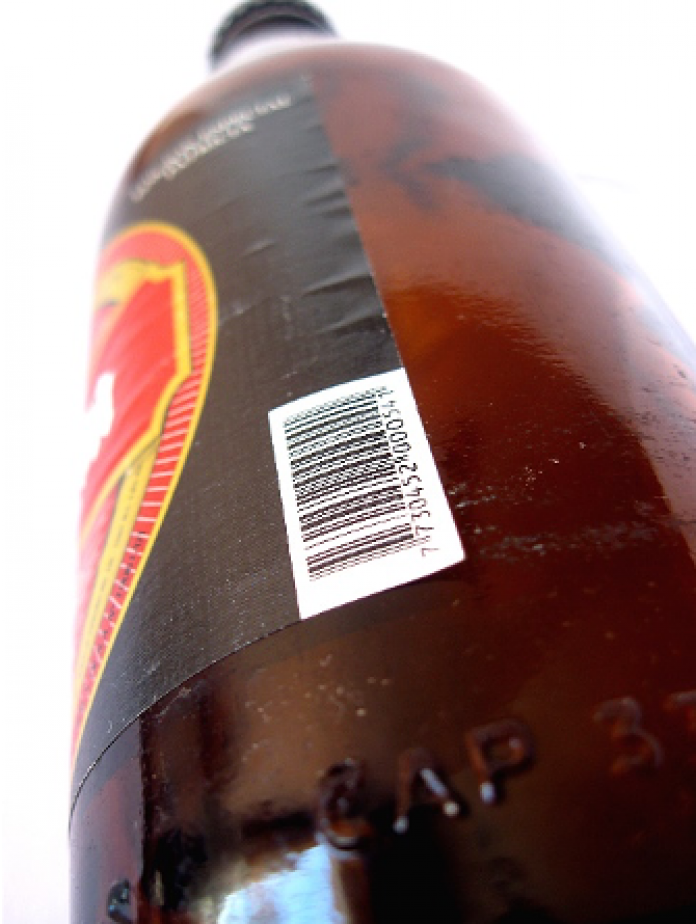
When starting out with having to have your products barcoded and researching companies which offer services to buy barcodes it may come as a surprise to you that there are many different formats of bar codes. Each format is used for something different, let’s have a look at some of the most commonly used formats today.
Let us first talk about the two formats which are used on products. Yes, that’s correct, you get two formats, not all stores will always require the same format, that is why we always suggest confirming with your retailer first before you buy barcodes doing your final print run on your labels. You get the UPC format and the EAN format. The UPC barcode format is a 12-digit barcode, it is the very first barcode format to ever be used in 1974 on a pack of Wrigley’s juicy fruit chewing gum. UPC is an acronym for Universal Product Code. The EAN barcode format is a 13-digit barcode and is an acronym for European Article Number. The UPC barcode was created to be used in retail stores to increase efficiency and accuracy. Later the EAN format was created to add more unique number variables as well as an added feature of providing the country that the barcode was created in, the first three numbers of an EAN barcode are called the country code. Please note this does not determine the county in which the product was manufactured, merely the origin of the barcode number.
The third barcode format is the ITF-14 barcode, this format of barcode runs very closely with the two previous formats which we have mentioned, UPC and EAN as they are also used in the retail industry. These barcodes are comprised of 14 digits and are created from your EAN barcodes. When you pack your individual products into a large box or carton ready to be delivered to your selected retail store, they will require you to place a barcode on the outside of the large box in order for them to scan the box in when it arrives at their receiving area. This is the format of barcode which will need to be used. It corresponds with the EAN barcode placed on your individual products inside the box hence all the products inside the box need to be the same to have the same barcode number. This may sound daunting and confusing but never fear we are always available to assist you in this regard.
The last barcode format which we will be looking at is a QR code, Quick Response code. This code plays true to its name as this format of the barcode is extremely fast in directing you to the desired location or information. It looks very different from the UPC, EAN and ITF format of the barcode as it is in a square shape with many dots and squares placed closely together. QR codes are able to hold a large amount of data and therefore are mainly used to direct consumers to websites, menus, promotions that companies may be having or even an image gallery. The ways in which these codes are able to be used are endless. These codes can also be read by a smartphone which will automatically direct the phone to the online content that the code represents. A great way to use a QR code is to add it to your business cards and customers can scan it and be directed straight to your company website. Exciting developments like this in the barcoding world are what enable businesses to grow.




